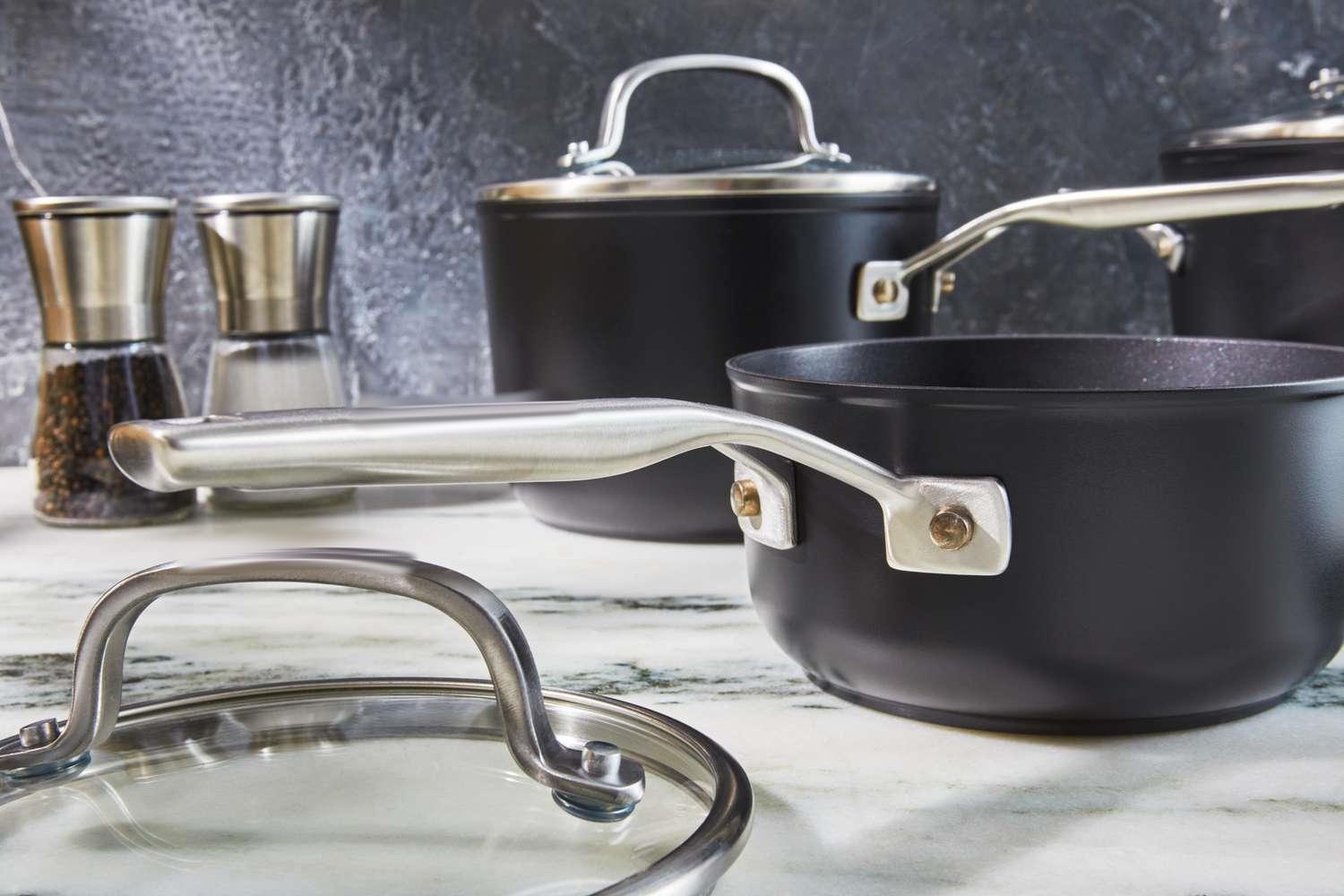Non-stick pans are a staple in many kitchens, known for their ease of use and effortless cleanup. However, to ensure you get the best results and extend the life of your non-stick cookware, it's essential to use them correctly. Here are some valuable cooking tips for non-stick pans:
When using a non-stick pan, always preheat it on low to medium heat. Non-stick coatings are designed to distribute heat evenly but can be damaged by excessive heat. Gradually warming the pan helps prevent warping and maintains the integrity of the non-stick surface.

Avoid using metal utensils on non-stick pans, as they can scratch and damage the coating. Instead, opt for wooden, silicone, or plastic utensils. These materials are gentle on the non-stick surface and help maintain its effectiveness over time.

One of the main advantages of non-stick pans is that they require little to no oil or butter. Using too much fat can cause build-up and reduce the non-stick properties. A light coating or cooking spray is usually sufficient for most recipes.

High temperatures can degrade the non-stick coating, causing it to break down and potentially release harmful fumes. Stick to low or medium-heat settings to preserve the coating and ensure safe cooking.

Overcrowding the pan can lead to uneven cooking and reduce the effectiveness of the non-stick surface. Cook in batches if necessary to allow each piece of food ample space to cook evenly.

After cooking, allow the pan to cool before washing it. Sudden temperature changes can warp the pan. Use warm, soapy water and a soft sponge or cloth to clean the pan. Avoid abrasive cleaners, scouring pads, and dishwashers, as they can damage the non-stick coating.

When storing non-stick pans, ensure they are completely dry to prevent moisture build-up, which can damage the coating. If you need to stack them, place a soft cloth or paper towel between each pan to prevent scratches.

Inspect your non-stick pans regularly for signs of wear and tear. If the coating is flaking or peeling, it’s time to replace the pan. Using a damaged non-stick pan can lead to health risks and affect the quality of your cooking.

By following these tips, you can maximize the performance and lifespan of your non-stick pans. Proper care and usage enhance your cooking experience and ensure that your cookware remains safe and effective for years to come. Whether you're whipping up a quick breakfast or preparing an elaborate dinner, non-stick pans are a versatile tool that, when used correctly, can make cooking more enjoyable and efficient.
 English
English 中文
中文 日本語
日本語 한국어
한국어 français
français Deutsch
Deutsch italiano
italiano Suomi
Suomi dansk
dansk Svenska
Svenska





